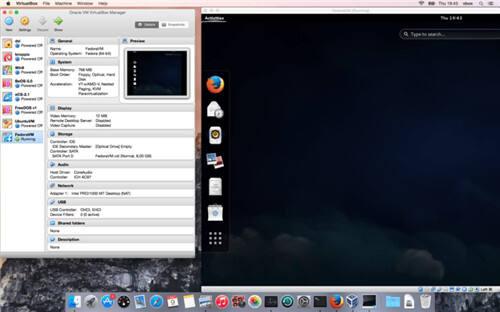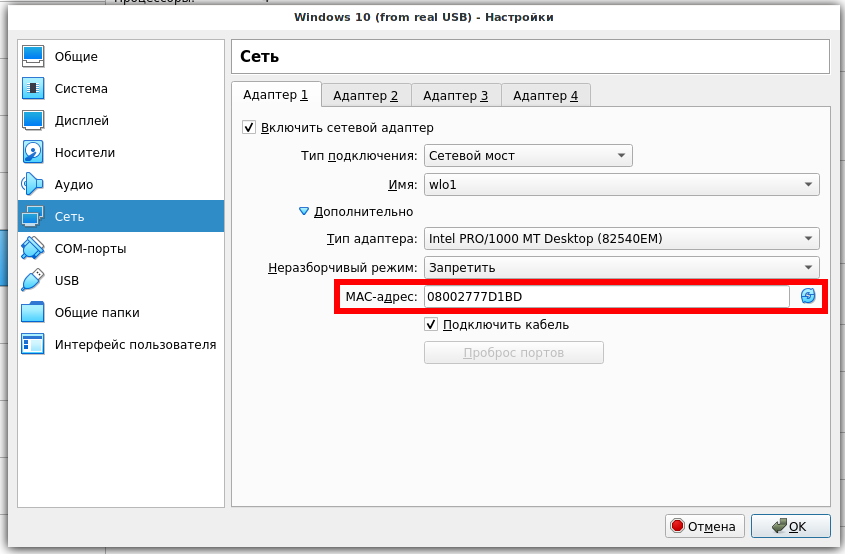
Please see the workaround at the end of this guide. There is a known problem installing VirtualBox on macOS High Siera. If you need to run VirtualBox VMs for classwork, you can use VirtualBox in our labs or install it on your own computer.

The Fusion drive on a Mac is made up of two physical drives: an SSD and a standard platter-based drive.

It provides the ultimate Windows experience on a Mac OS, enables you to directly run Windows, Linux, Android or other OS at the same time without having to restart your Mac OS. VMware Fusion allows Intel-based Macs to run operating systems such as Microsoft Windows, Linux, NetWare, or Solaris on virtual machines, along with their macOS operating system using a combination of paravirtualization,…Īs a very excellent virtual machine software with very high performance under Mac OS, VMware Fusion (Pro) is the best way to seamlessly run Windows on a Mac computer. VMware Fusion is a software hypervisor developed by VMware for Macintosh computers. VMware sells a Mac version of their product called VMware Fusion.

Mac is not a cost-effective platform for running VMware player, thus its free trial is not provided. Neither the GNU/Linux version nor the version from BSD Ports will work. There is no free version of VMware Workstation Player for Mac OS X. Parallels Desktop 17 (subscription) is compatible with Big Sur on M1 devices, but the guest operating system must be compiled for Apple Silicon ARM, as X86_64 operating systems are not supported. Oracle has not released a version of VirtualBox compatible with M1 devices.

If this will change in the future is currently unknown but it doesn’t appear very likely as the Oracle has not said anything about it whereas others like VMWare Fusion and Parallels have both had support pledged for them. You unfortunately cannot run VirtualBox on Macs with Apple’s M1 chip.


 0 kommentar(er)
0 kommentar(er)
